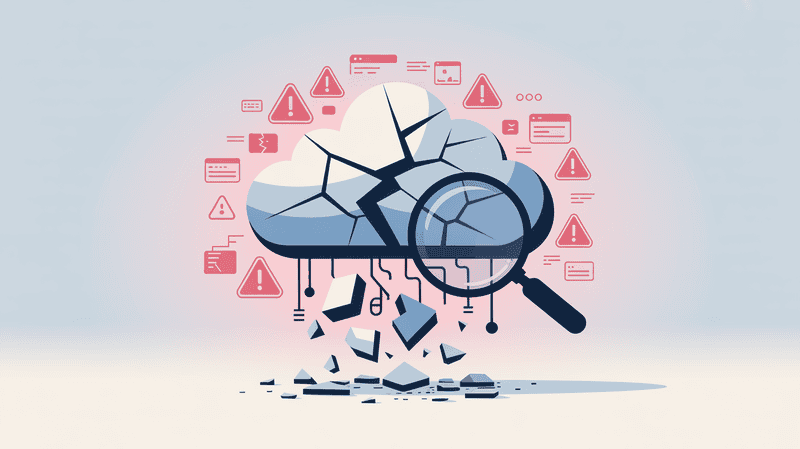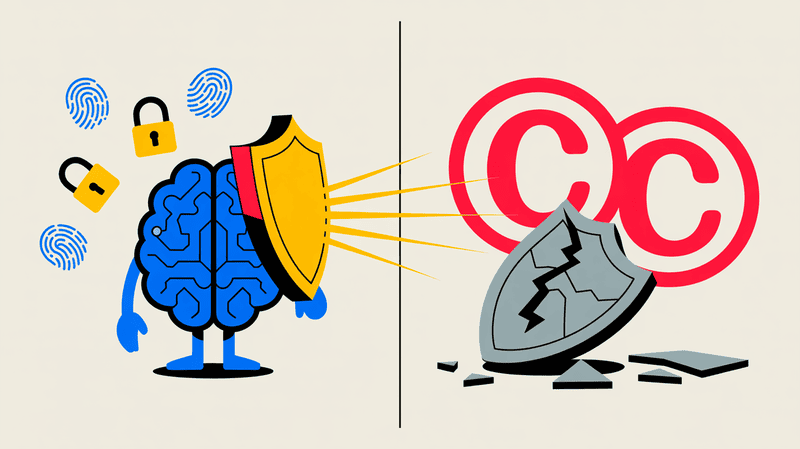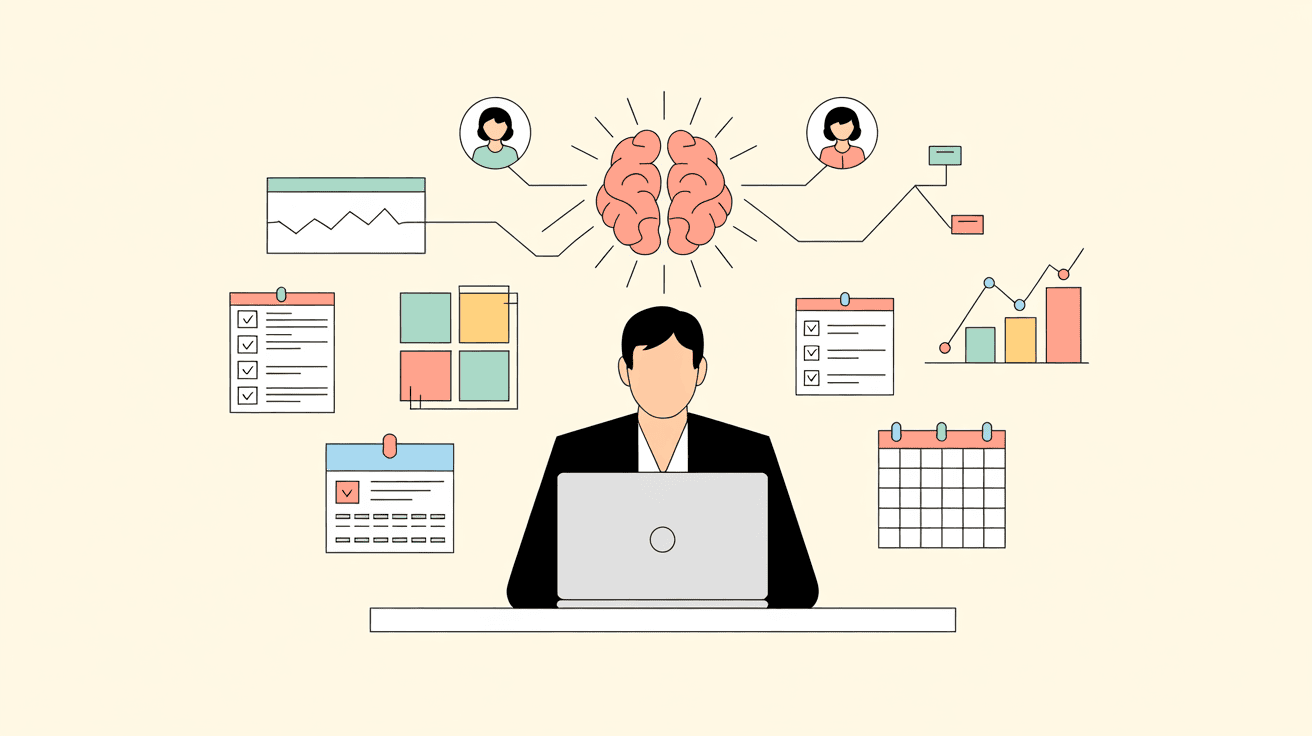The 2025 Paris AI Summit just became a turning point in global technology politics. Vice President JD Vance's surprising speech changed what was meant to be a friendly meeting about AI cooperation into something much bigger. Instead of the usual talk about working together, America announced it wants to lead the AI world, challenging Europe's careful approach to controlling AI development.
This shift could change how countries work together on AI, affect big tech companies, and shape the future of technology. After this, what will be the future of AI? We're going to deep dive into this topic.
Let's get into it.
The Paris AI Summit 2025: What You Need to Know
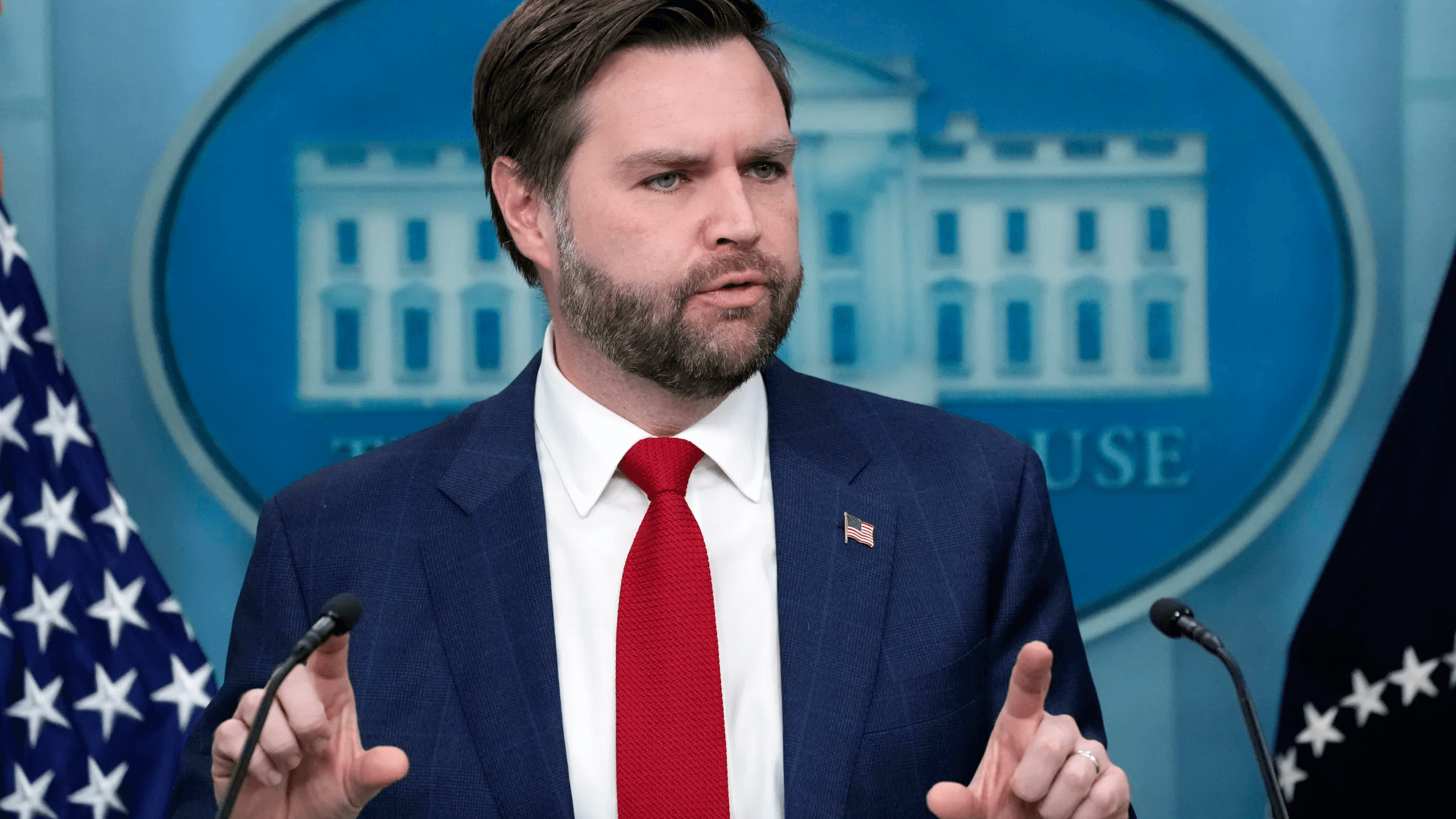
The Paris AI Summit 2025, held at the Grand Palais on February 10-11, brings together world leaders, tech companies, and experts to discuss the future of artificial intelligence. This global meeting focuses on making AI more accessible, environmentally friendly, and well-governed.
The summit stands as the third major international AI gathering, following the Bletchley Park Summit in 2023 and the Seoul Summit in 2024. Both previous meetings set important groundwork for international cooperation on AI development and safety.
Key aspects of the summit include:
Over 800 participants from various sectors, including government officials, business leaders, researchers, and civil society representatives
Five main discussion areas: public service AI, work's future, innovation, trust in AI, and global governance
Special events throughout the week, including science conferences and cultural programs open to the public
Business-focused meetings at Station F, bringing together companies of all sizes and investors
The summit's importance comes from:
Growing impact of AI on daily life, from healthcare to education
Need for international agreement on AI development and use
Focus on making AI both beneficial and safe for everyone
Discussion of environmental concerns related to AI technology
Major attendees include French President Emmanuel Macron, U.S. Vice President JD Vance, and leaders from the European Union and various nations. India serves as co-chair of the summit, highlighting the global nature of AI development and governance.
This summit matters because its decisions could shape how AI affects our lives, jobs, and society in the coming years. The discussions and agreements made here will influence how countries work together on AI technology and its regulations.
Vice President Vance's Game-Changing Speech
Vice President JD Vance delivered a bold speech at the Paris AI Summit, laying out a clear plan for American leadership in artificial intelligence. His message focused on putting American interests first in the growing AI industry.
The key parts of Vance's AI vision include:
Making sure the most powerful AI systems are built in America
Using American-made computer chips
Pushing back against strict European rules on AI and internet content
Moving faster on AI development without focusing too much on safety concerns
His message to European allies was direct:
Choose between working with American technology or with countries like China
Remove many of their current digital rules and regulations
Stop heavy monitoring of online content for misinformation
Join America's vision for AI development, but as a smaller partner
The speech marked a big shift from previous U.S. positions.
Unlike past gatherings where safety and cooperation were the main topics, Vance focused on competition and American advantage. This new direction shows the U.S. wants to lead rather than just participate in global AI development.
This speech matters because it signals a major change in how the U.S. plans to work with other countries on AI. By skipping the usual focus on safety and shared control, Vance showed that America plans to set its own path in AI development.
Breaking Down the US vs Europe Divide
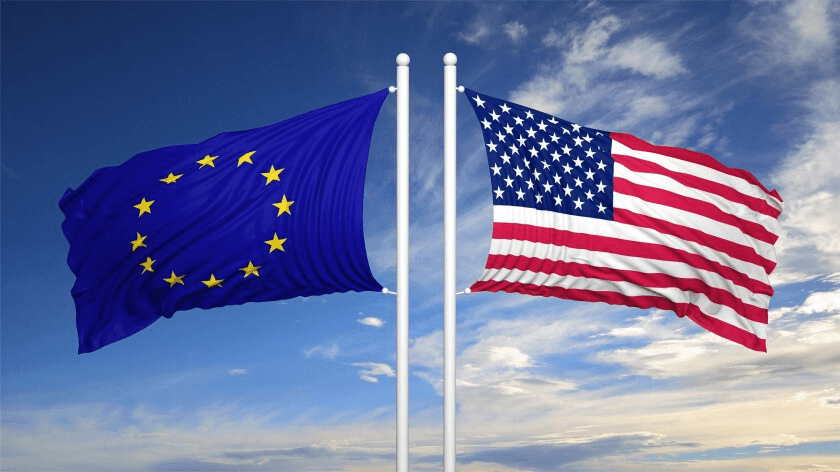
The US and Europe have different views on how to handle AI technology, creating a growing divide between these allies. The heart of this disagreement lies in how each side thinks AI should be controlled and used.
Europe's main rules include:
Digital Services Act (DSA): Makes social media companies watch out for harmful content
Digital Markets Act (DMA): Prevents big tech companies from having too much control
Regular checks on US tech companies, leading to large fines for companies like Apple, Google, and Meta
The US sees these European rules as:
Too strict and limiting for business growth
Unfairly targeting American companies
Slowing down AI development and innovation
Getting in the way of free market competition
What's at risk for both sides:
Europe could fall behind in AI development while trying to maintain strict control
US companies might face billions in fines and restrictions in European markets
The divide could weaken the partnership between US and Europe in facing competition from other countries
Tech companies might need to create different products for each market
This split shows a deeper difference in how each side thinks about balancing progress with protection in the AI world.
The Global Response
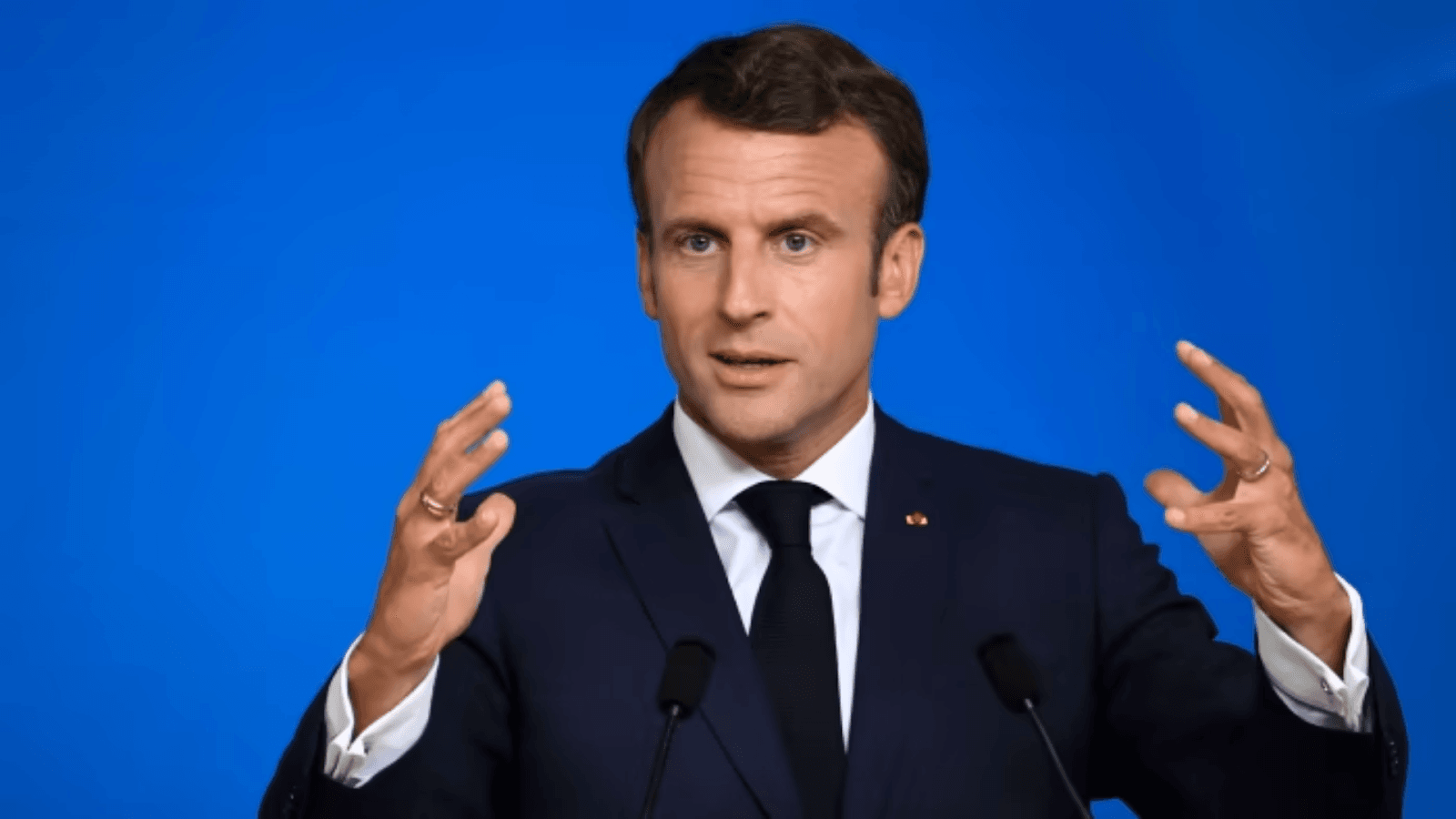
The international reaction to Vice President Vance's speech at the Paris AI Summit showed how different countries see AI's future. European leaders found themselves balancing their own goals with America's aggressive new position.
France's President Emmanuel Macron took a middle-ground approach:
Announced a major $100 billion investment in French AI development
Called for making European rules simpler to help innovation
Suggested changes to help Europe compete better globally
European Commission President Ursula von der Leyen offered a careful response:
Defended Europe's approach to AI regulation
Highlighted plans for $200 billion in European AI investments
Promoted a "European brand of AI" focused on cooperation and openness
Emphasized the importance of both competition and safety
The broader international response showed several key points:
Many countries stayed committed to careful AI regulation
Most leaders stressed the need to work together while competing
The US and UK's decision not to sign the summit's agreement created concern
Several nations worried about a growing split between allies
These responses show how complex global AI relations has become, with countries trying to protect their interests while keeping international cooperation alive.
What This Means for AI Development
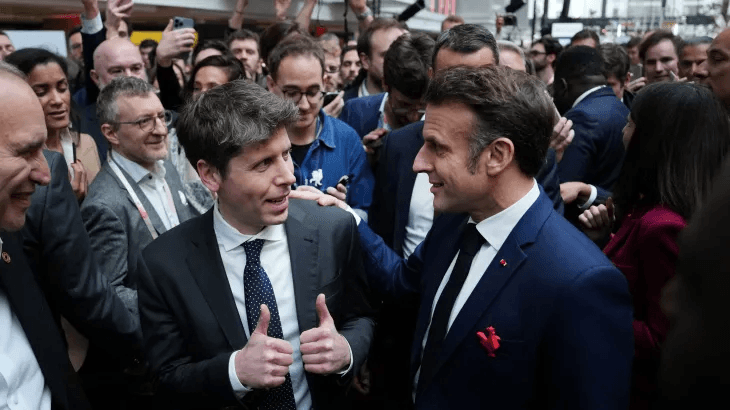
The US's new stance at the Paris AI Summit could significantly change how AI develops worldwide. This shift from cooperation to competition might reshape the entire AI landscape.
Key impacts on global AI development:
Split development paths:
US focusing on rapid advancement with fewer restrictions
Europe maintaining stricter safety and ethical guidelines
Possible creation of different AI standards in different regions
Changes to international cooperation:
Reduced sharing of research and resources
Harder to create worldwide AI safety standards
More competition between regions instead of collaboration
Effects on tech companies:
Need to follow different rules for different markets
Increased costs to meet varying regulations
Possible limits on international partnerships
Challenges in creating globally usable AI systems
These changes could lead to a more divided AI world, where different regions develop AI in different ways, making it harder to ensure consistent safety and ethical standards across borders.
Conclusion
The 2025 Paris AI Summit has revealed a clear split in how different parts of the world want to handle AI development. America's push for leadership, shown through Vice President Vance's direct speech, stands in sharp contrast to Europe's more careful approach. This difference goes beyond just words – it shows a real change in how countries might work together on AI in the future.
While Europe continues to focus on safety and strict rules through its Digital Services Act and Digital Markets Act, the US is taking a faster, more competitive path. This divide could lead to different AI systems developing in different parts of the world, affecting how tech companies operate and how countries work together.
The challenge now lies in finding a way to balance progress with protection, competition with cooperation, and national interests with global needs. How the world handles these differences will shape not just AI development, but the future of international technology partnerships.
FAQs
1. What is the main difference between US and European approaches to AI regulation?
The US favors rapid development with minimal regulation, focusing on market leadership and innovation. Europe prefers strict oversight through laws like the Digital Services Act and Digital Markets Act, emphasizing safety and ethical concerns in AI development.
2. How might Vance's "America First" AI strategy affect global tech companies?
Companies may need to create different AI systems for different markets, increasing costs. They'll face strict rules in Europe while having more freedom in the US. This could affect how they develop and release new AI technologies.
3. What are the key outcomes of the 2025 Paris AI Summit?
The summit resulted in divided responses, with 58 countries signing a joint declaration on sustainable AI, while the US and UK declined. It established new platforms for public-private AI cooperation and emphasized human-centric AI development.
4. Why did the US and UK refuse to sign the Paris AI Summit agreement?
Both countries expressed concerns about excessive regulations on AI development. They viewed the agreement's regulatory framework as too restrictive and potentially limiting innovation and competitive advantages in AI technology.
